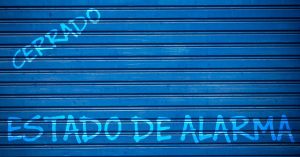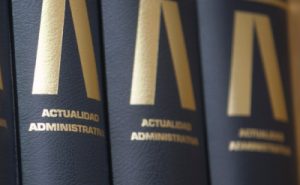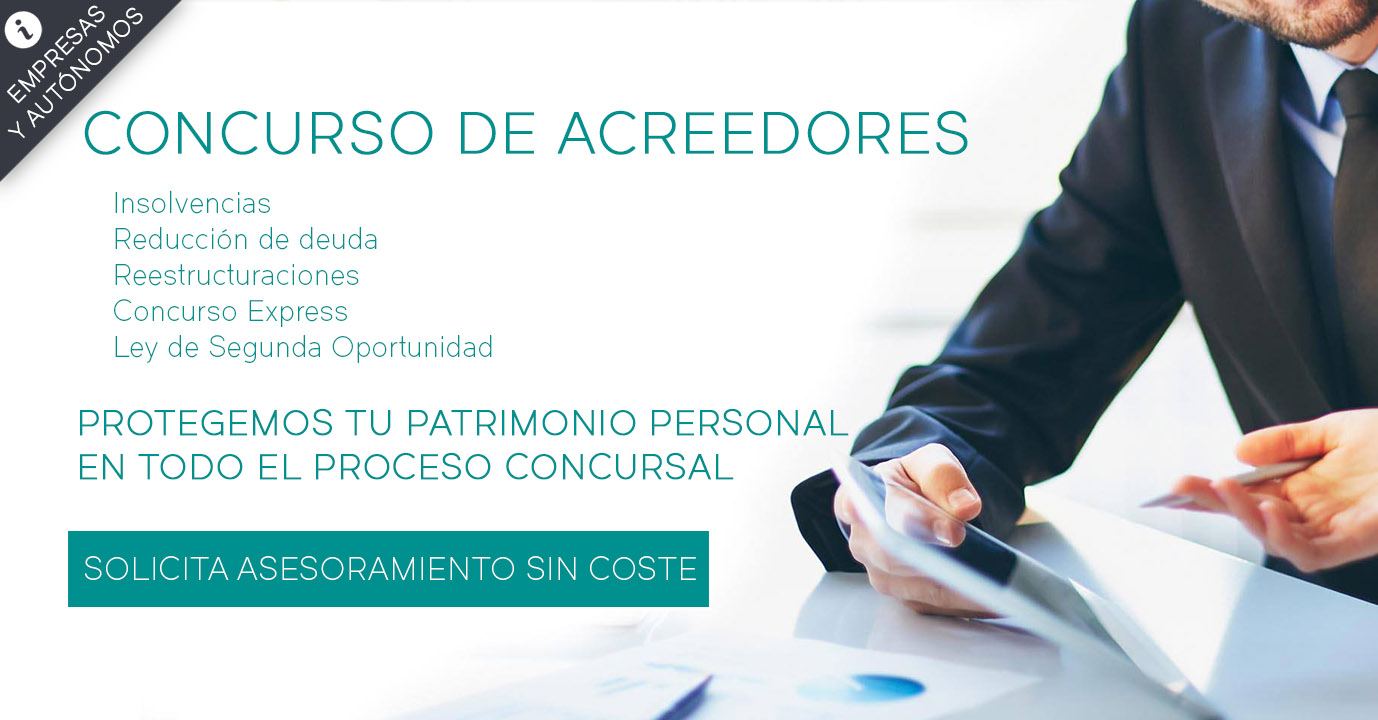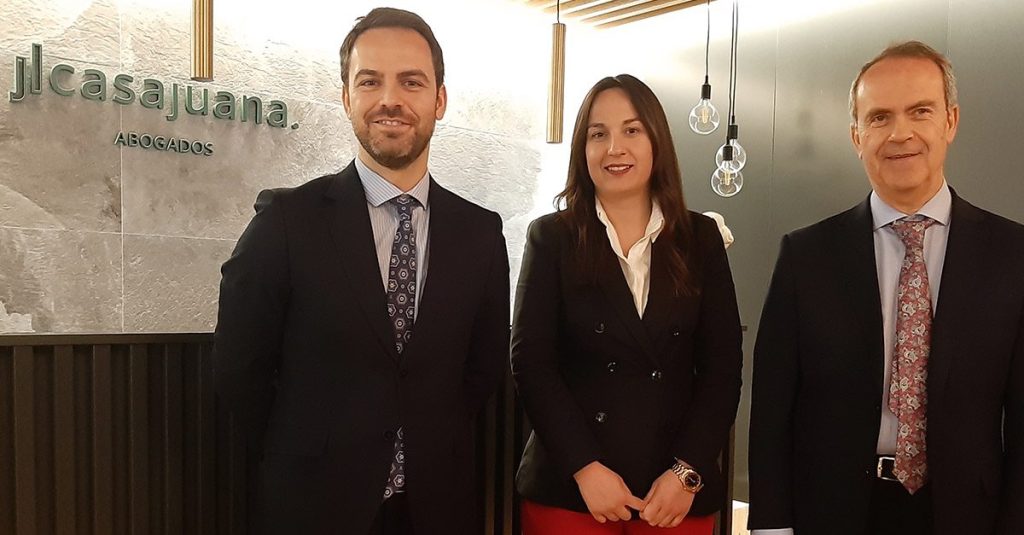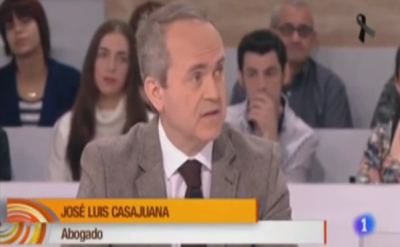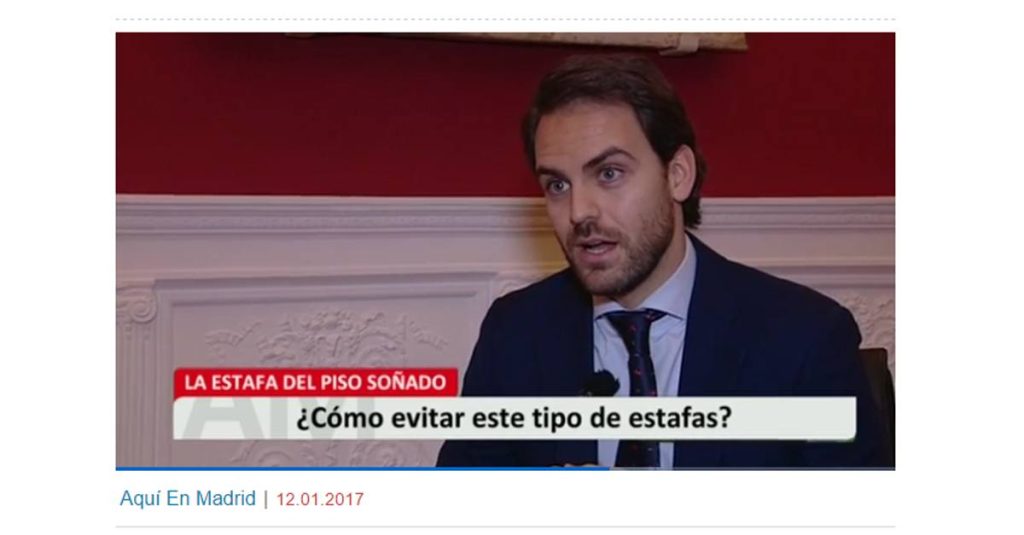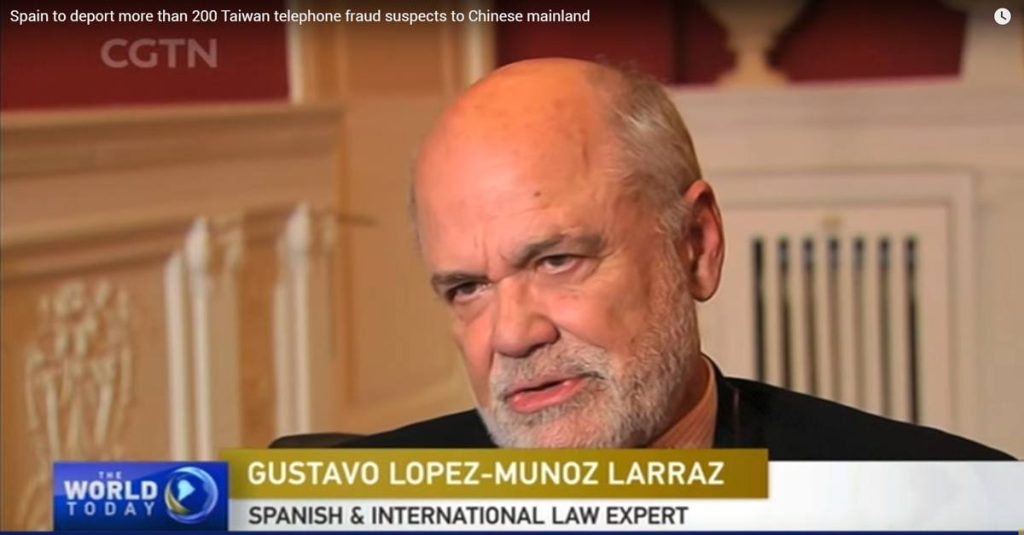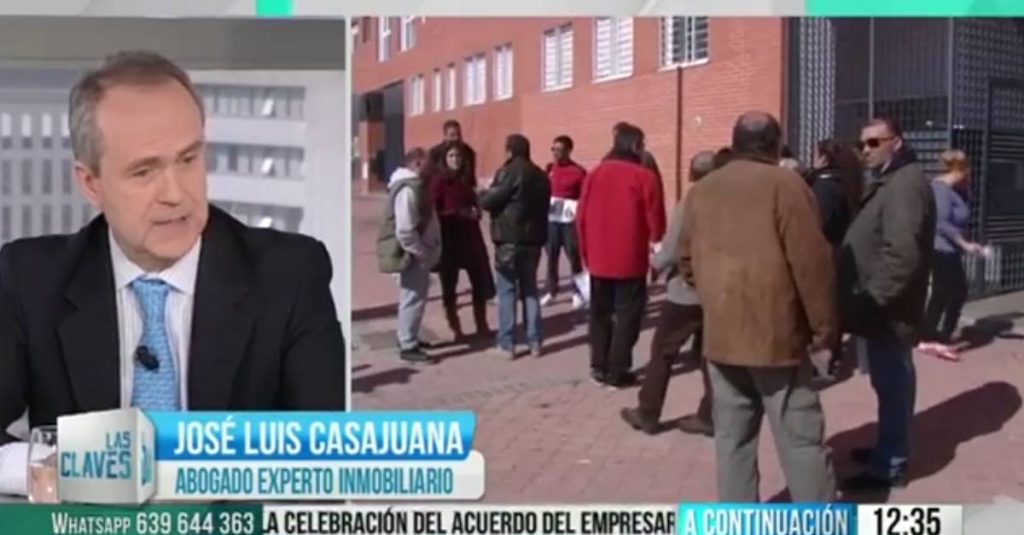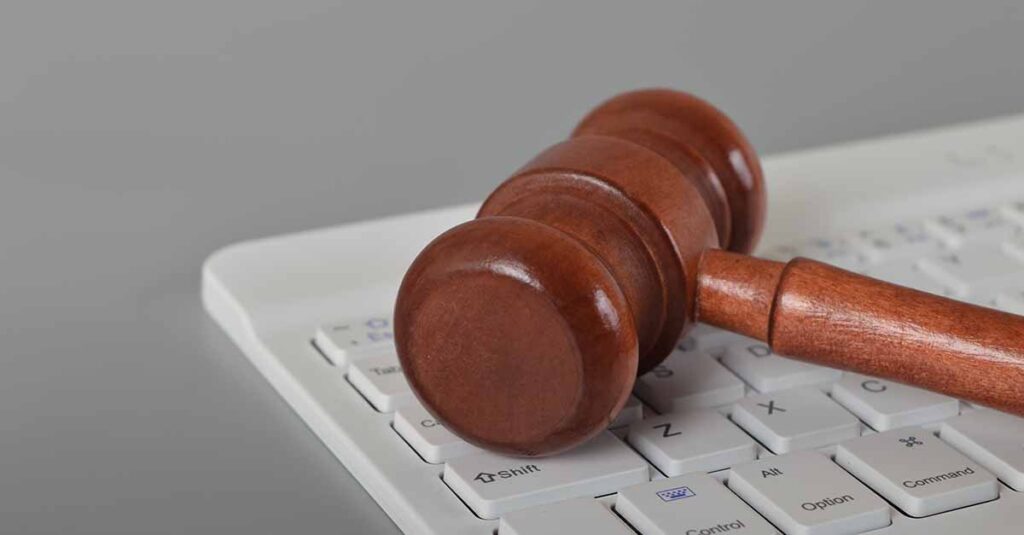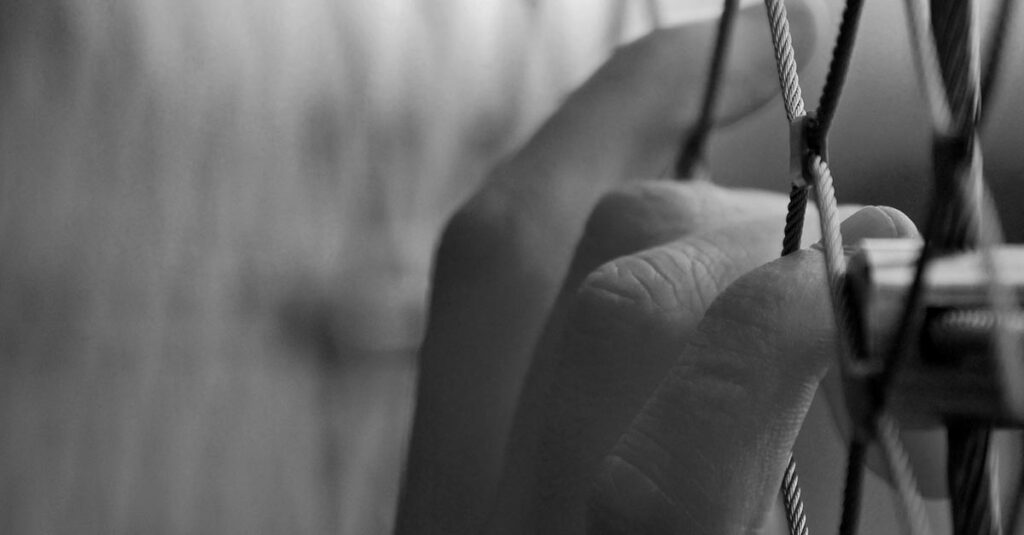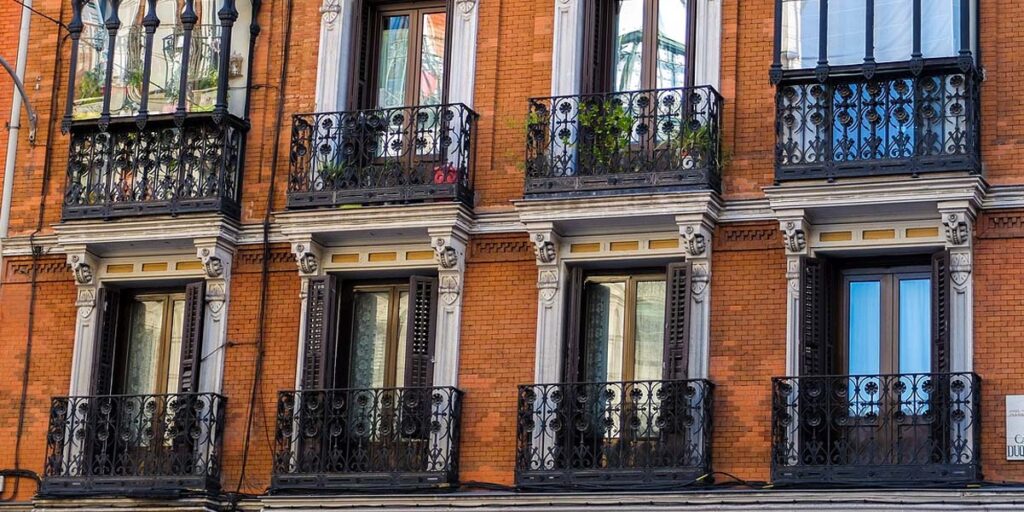Assets of cultural interest. Objective limitations to property rights
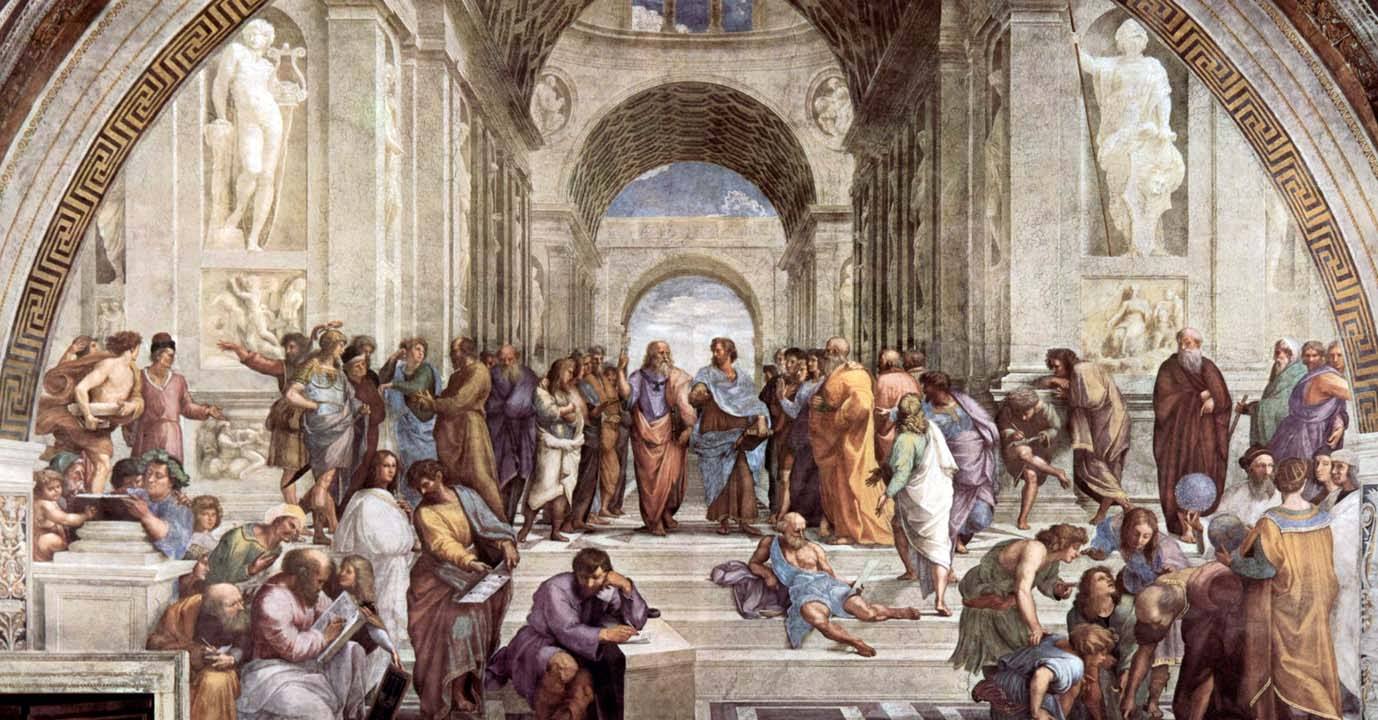
In my previous article, Protection of movable or immovable property of artistic, cultural or historical value, I described Situation B, which was raised by my client in the Firm:
“One of our clients discovered, by chance, that she had a painting of significant home value of hers, inherited from her mother years ago. The point was that she saw in a museum of Spanish painting from the 19th century a painting whose style was very similar to the one she had in her house. She investigated and realized, without a doubt because of the theme and composition, that this painting could be by a certain contemporary artist of Fortuny or Madrazo, but that her painting was not part of the inventory of the author’s work. It was a work completely unknown to the public. Given this finding and given the trust she had in us for her legal issues, she asked us a series of questions. Could she freely sell the work at an auction house or, first of all, did she have to notify the cultural authorities so that they included that work in her author’s inventory? Did having such a pictorial work in her house make him have any responsibility in case of theft that would force him to increase the security measures that she already had? Our client was afraid that by declaring possession of such a work and identifying himself as its owner, it could be the result of a robbery at his home.”
The question that is posed to us is twofold and that is how we have had to address her query, which we will briefly describe.
Can the client freely sell the pictorial work of these characteristics or, first of all, should the pertinent cultural authorities be notified so that it is included in the author’s inventory?
Let’s go in parts. We are dealing with a work whose author has not been officially determined since it is a “suspicion” of the client. In order to give adequate legal advice, our advice is that, in advance, a specialized company be commissioned to analyze and determine the authorship of the work. They are the ones who, in strict application of professional criteria unknown to the undersigned lawyer, will be able to determine if the work belongs without any doubt to a specific author.
This professional assessment is essential because, from it, the legal consequences of the subsequent acts of its owner are inferred. Thus, if the work is by an unknown author or cannot be attributed with certainty to a certain author, the limitations for its sale are non-existent since the work will not be included in the REGISTRY OF ASSETS OF CULTURAL INTEREST ( B.I.C.).
However, we are going to assume that the client’s intuition is correct, that is, that the work is by a prestigious author and that his work was “unknown” to the researchers who had not included it in the list. of his pictorial work as a whole. This double situation would undoubtedly be an interesting question.
The works of art included in the BIC can be consulted by the general public by accessing the corresponding page of the Ministry of Culture and Sports:
Query to the movable property database
Here, each work of each author consists of a specific file that contains his measurements, his technique, his time, his identification code and the autonomous community where it is located. This would be an example regarding the work of Luis de Madrazo “Señora de Creus”, from the Museo del Prado:
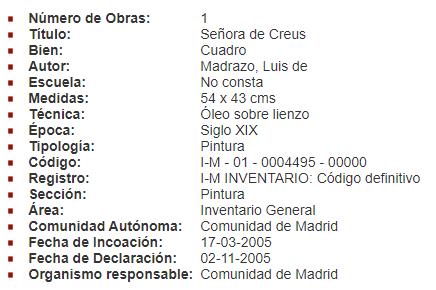
If a work is included in the BIC, the Spanish Historical Heritage Assets Qualification, Valuation and Export Board (regulated by articles 7 to 9 of the Regulation of the Spanish Historical Heritage Law, RPHE) is in charge of authorizing the export of these goods outside of Spain. Therefore, its sale within Spanish territory would not be prohibited, only its sale to a public entity or person with tax residence outside the national territory.
But, what happens with the sale of a pictorial work by author X that is not included in the BIC because it is not known to date when all the known works of author X are included in the BIC?
Well, what is established in the previous paragraph would apply. If the sale is within Spain, there would be no limitation, but if the owner wanted to export it knowing that it belongs to that author X (remember that the authorship report would already exist that would have confirmed it), it could be retained at customs and the State expropriated said work, in accordance with the provisions of art. 29.1 of the Spanish Historical Heritage Law (LPHE). We cite, as an example of action in this sense, the case of the illegal export of Pablo Picasso’s work “Head of a Young Woman”, which was published in the press:
It is true that, in the case of our client, the work would not yet appear in the BIC but its deliberate non-inclusion by the owner even knowing its authorship and its export outside of Spain could lead to the application of the aforementioned article 29.1 LPHE and end up losing its property.
Does the fact of owning a pictorial work of undoubted artistic value oblige you to have certain safety and conservation measures in your home? Actually, who is empowered to assess whether the current measures are sufficient or whether an increase or improvement of the existing ones is necessary?
This is the point where our advice is clear to our client: if all of the author’s pictorial work has been declared as BIC, she must take the necessary steps to include it in this registry and obtain said qualification. From a strictly selfish point of view, regardless of cultural criteria, it is the best for her.
In the initiation of the file for the declaration of a certain asset as BIC, the competent authorities will study not only the asset itself but also the way of conservation, maintenance and custody of said asset by its owner. Therefore, if the existing security measures in the owner’s home are insufficient, these authorities should be the ones to determine it and should not be left at the mercy of the owner’s personal opinion, which may be wrong.
Thus, their obligation to preserve, maintain and guard art. 36.1 LPHE, is reinforced by the duty of the Administration to inspect the BICs (art. 26.2 LPHE) assessing their proper conservation (art. 26.6 LPHE). In short, if the Administration does not warn the owner of insufficient protection of the BIC deposited in her home, it will not be able to penalize her for not having adequately preserved or guarded it.
But, if the security measures were insufficient, would only the owner be responsible for the disbursement of an increase in them? Unfortunately if. The art. 36.1 LPHE is exhaustive in this regard that the BICs “must be conserved, maintained and guarded by their owners“. This is the reason why the owners can value the sale of these assets before assuming the cost of their adequate conservation and custody, or even their delivery in payment of taxes as stated in the LPHE (art. 62 to 66).
It may interest you: “Assets included in the general inventory of Heritage Historical Spanish”
Luis Ester Casas
Lawyer expert in Civil and Commercial Law
12/12/2019

